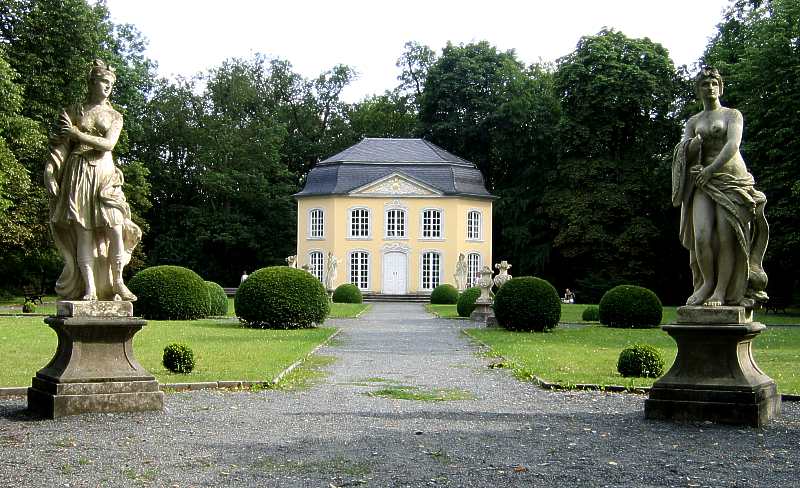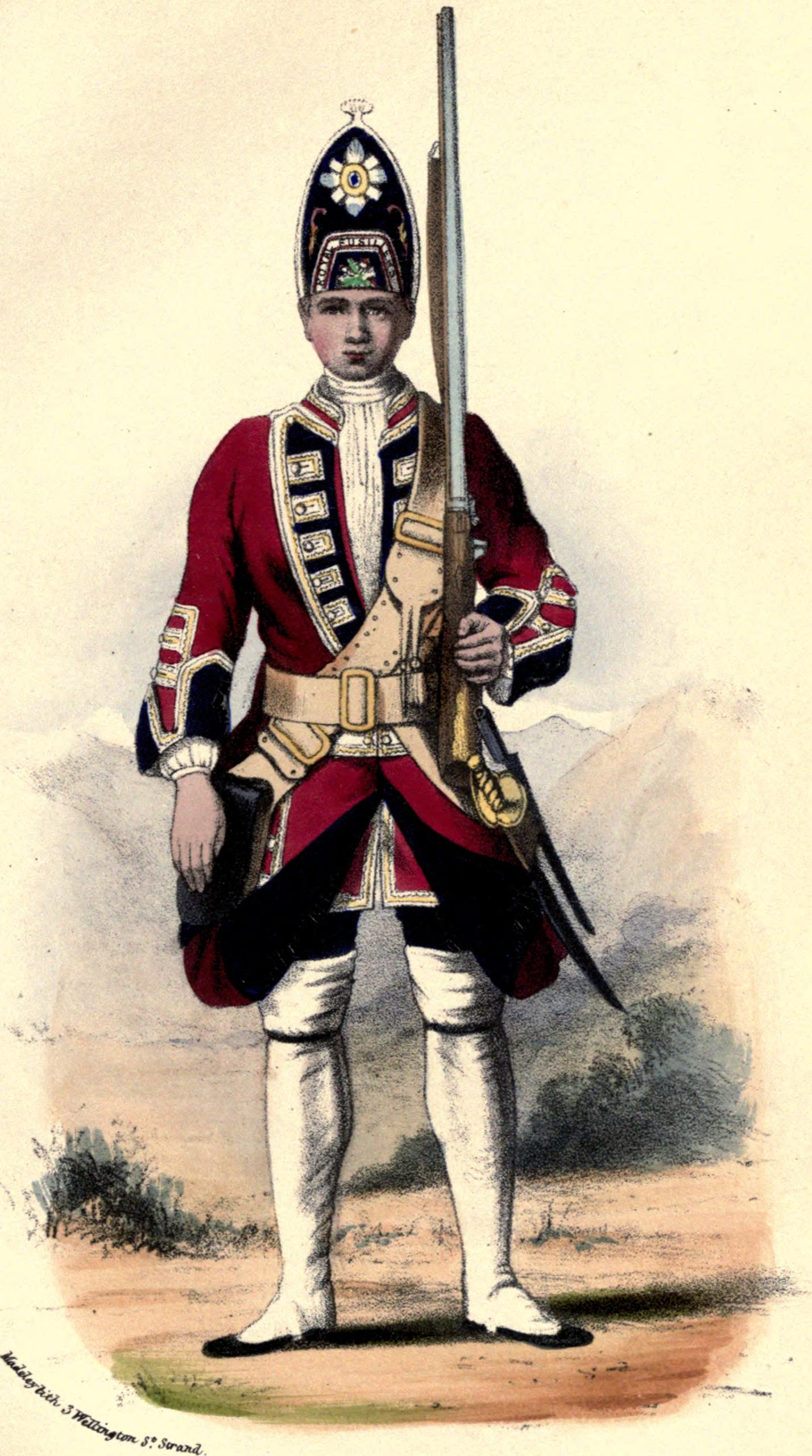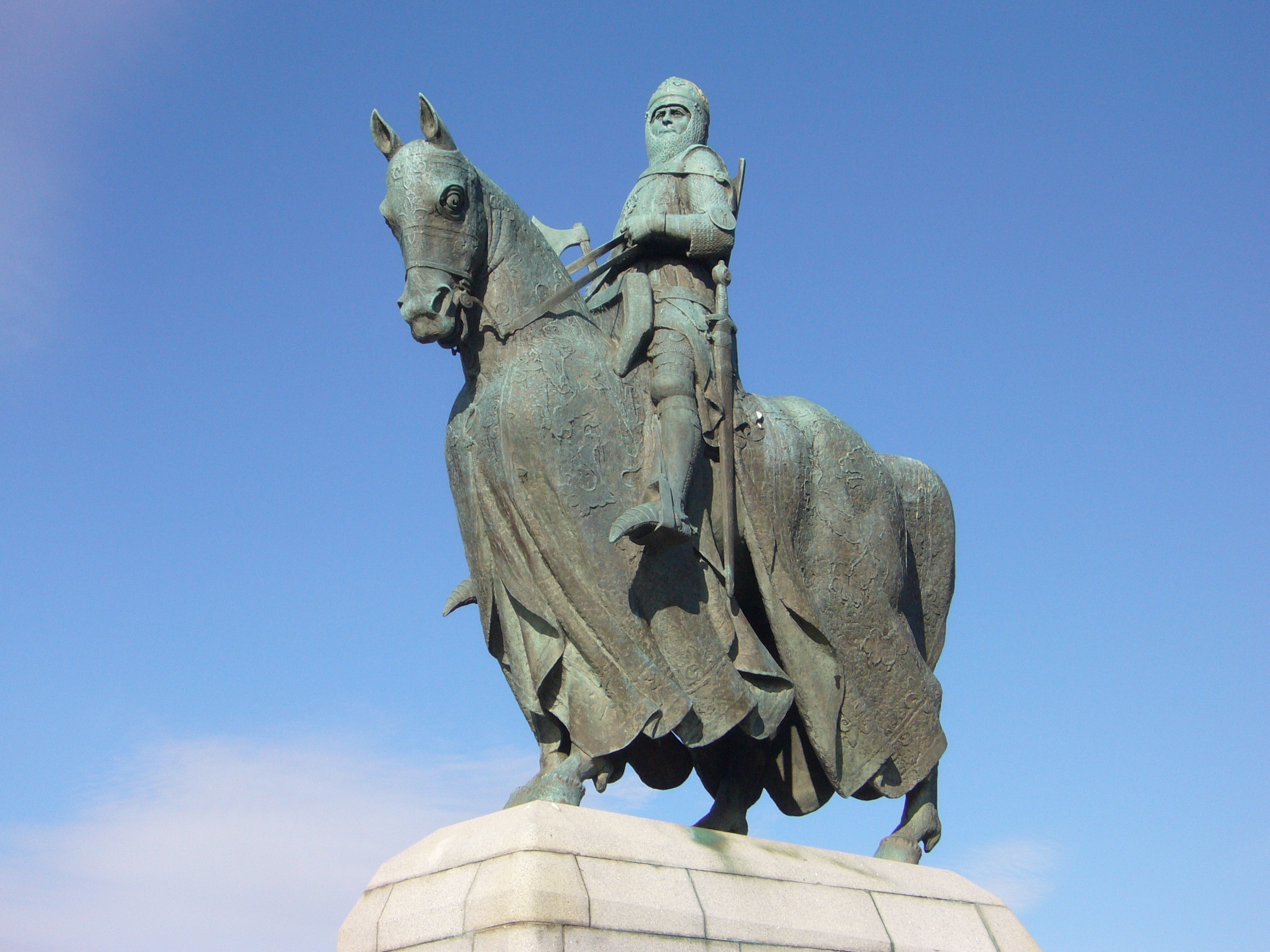|
County Buildings, Ayr
County Buildings is a municipal complex in Wellington Square, Ayr, Scotland. The complex serves as the meeting place of South Ayrshire Council. The original structure, the former sheriff court at the eastern end of the complex, is Category A listed building, while the main office building at the western end of the complex, is a Category B listed building. History The earliest part of the complex is the sheriff court: it was designed by Robert Wallace in the Neoclassical architecture, neoclassical style, built in ashlar stone at a cost of £30,000 and was completed in 1818. The design involved a symmetrical main frontage with eleven bays facing onto Wellington Square with the end bays slightly projected forward; the central section of three bays featured a tetrastyle portico with Ionic order columns supporting an entablature and a pediment. The building was fenestrated with round headed windows on the ground floor and sash windows on the first floor. At roof level, there was a ... [...More Info...] [...Related Items...] OR: [Wikipedia] [Google] [Baidu] |
Neoclassical Architecture
Neoclassical architecture is an architectural style produced by the Neoclassical movement that began in the mid-18th century in Italy and France. It became one of the most prominent architectural styles in the Western world. The prevailing styles of architecture in most of Europe for the previous two centuries, Renaissance architecture and Baroque architecture, already represented partial revivals of the Classical architecture of ancient Rome and (much less) ancient Greek architecture, but the Neoclassical movement aimed to strip away the excesses of Late Baroque and return to a purer and more authentic classical style, adapted to modern purposes. The development of archaeology and published accurate records of surviving classical buildings was crucial in the emergence of Neoclassical architecture. In many countries, there was an initial wave essentially drawing on Roman architecture, followed, from about the start of the 19th century, by a second wave of Greek Revival archi ... [...More Info...] [...Related Items...] OR: [Wikipedia] [Google] [Baidu] |
Pavilion
In architecture, ''pavilion'' has several meanings: * It may be a subsidiary building that is either positioned separately or as an attachment to a main building. Often it is associated with pleasure. In palaces and traditional mansions of Asia, there may be pavilions that are either freestanding or connected by covered walkways, as in the Forbidden City ( Chinese pavilions), Topkapi Palace in Istanbul, and in Mughal buildings like the Red Fort. * As part of a large palace, pavilions may be symmetrically placed building ''blocks'' that flank (appear to join) a main building block or the outer ends of wings extending from both sides of a central building block, the '' corps de logis''. Such configurations provide an emphatic visual termination to the composition of a large building, akin to bookends. The word is from French (Old French ) and it meant a small palace, from Latin (accusative of ). In Late Latin and Old French, it meant both ‘butterfly’ and ‘tent’, becaus ... [...More Info...] [...Related Items...] OR: [Wikipedia] [Google] [Baidu] |
John Graham-Gilbert
John Graham-Gilbert (1794 – 4 June 1866) was a Scottish portrait painter and art collector. Life Graham-Gilbert was born in Glasgow as John Graham, the son of David Graham a West India merchant and co-owner of Graham, Milne & Co who owned a counting house (accountants) on Queen Strett. John was at first trained in his father's counting-house, but preferred art and travelled to London in 1818 where he was admitted into the Royal Academy. In 1819 he won a silver medal for best drawing from the antique, and in 1821 a gold medal for his historical painting of ‘The Prodigal Son.’ He established himself in London as a portrait-painter, and contributed to the exhibitions of the Royal Academy from 1820 to 1823. He then went to Italy to study old masters of the Venetian school. He settled in Edinburgh in 1827, living at 14 George Street in the New town. He sent a portrait to the first exhibition of the Royal Scottish Academy. In 1834 he married the wealthy heiress Miss Jane Gilber ... [...More Info...] [...Related Items...] OR: [Wikipedia] [Google] [Baidu] |
3rd Dragoon Guards
The 3rd (Prince of Wales's) Dragoon Guards was a cavalry regiment in the British Army, first raised in 1685 as the Earl of Plymouth's Regiment of Horse. It was renamed as the 3rd Regiment of Dragoon Guards in 1751 and the 3rd (Prince of Wales's) Dragoon Guards in 1765. It saw service for two centuries, including the First World War, before being amalgamated into the 3rd/6th Dragoon Guards in 1922. History The regiment was first raised by Thomas Hickman-Windsor, 1st Earl of Plymouth as the Earl of Plymouth's Regiment of Horse in 1685 as part of the response to the Monmouth Rebellion, by the regimenting of various independent troops, and was ranked as the 4th Regiment of Horse. The regiment saw action at the Battle of Schellenberg in July 1704, the Battle of Blenheim in August 1704, the Battle of Ramillies in May 1706, the Battle of Oudenarde in July 1708 and the Battle of Malplaquet in September 1709 during the War of the Spanish Succession. In 1746 it was ranked as the 3rd ... [...More Info...] [...Related Items...] OR: [Wikipedia] [Google] [Baidu] |
Daniel Macnee
Sir Daniel Macnee FRSE PRSA LLD (4 June 1806, Fintry, Stirlingshire – 17 January 1882, Edinburgh), was a Scottish portrait painter who served as president of the Royal Scottish Academy (1876). Life He was born at Fintry in Stirlingshire. At the age of thirteen he was apprenticed, alongside Horatio McCulloch and Leitch the water colourist, to the landscape artist John Knox. He afterwards worked for a year as a lithographer, and was employed by a company in Cumnock, Ayrshire (Smiths of Cumnock), to paint the ornamental lids of their sycamore-wood snuff-boxes. He studied in Edinburgh at the Trustees' Academy, where he supported himself by illustrating publications for William Home Lizars the engraver. Moving to Glasgow, he established himself as a fashionable portrait painter. In 1829 he was admitted as a member of the Royal Scottish Academy. He does not appear as an independent property owner until 1840 when he is listed as a portrait painter living at 126 West Regent St ... [...More Info...] [...Related Items...] OR: [Wikipedia] [Google] [Baidu] |
South Ayrshire
South Ayrshire ( sco, Sooth Ayrshire; gd, Siorrachd Àir a Deas, ) is one of thirty-two council areas of Scotland, covering the southern part of Ayrshire. It borders onto Dumfries and Galloway, East Ayrshire and North Ayrshire. On 30 June 2020, the population of South Ayrshire was 112,140. Overview and history Creation and history The administrative boundaries were formed in 1996 as a direct successor to the Kyle and Carrick district council area, with the district of Dalmellington – located along the south-east of Kyle and Carrick – being transferred over to the newly formed East Ayrshire Council area. South Ayrshire's Headquarters, County Buildings, are located in Wellington Square, Ayr. The former council offices, Burns House on Burns Square and Parkhouse Street, were demolished in 2021, creating a new open space, landscaped with funding from the Scottish Government. Geography and climate Geographically, South Ayrshire is located on the western coast of Scotlan ... [...More Info...] [...Related Items...] OR: [Wikipedia] [Google] [Baidu] |
Unitary Authority
A unitary authority is a local authority responsible for all local government functions within its area or performing additional functions that elsewhere are usually performed by a higher level of sub-national government or the national government. Typically unitary authorities cover towns or cities which are large enough to function independently of a council or other authority. An authority can be a unit of a county or combined authority. Canada In Canada, each province creates its own system of local government, so terminology varies substantially. In certain provinces (e.g. Alberta, Nova Scotia) there is ''only'' one level of local government in that province, so no special term is used to describe the situation. British Columbia has only one such municipality, Northern Rockies Regional Municipality, which was established in 2009. In Ontario the term single-tier municipalities is used, for a similar concept. Their character varies, and while most function as cities wi ... [...More Info...] [...Related Items...] OR: [Wikipedia] [Google] [Baidu] |
Strathclyde Regional Council
Strathclyde ( in Gaelic, meaning "strath (valley) of the River Clyde") was one of nine former local government regions of Scotland created in 1975 by the Local Government (Scotland) Act 1973 and abolished in 1996 by the Local Government etc. (Scotland) Act 1994. The Strathclyde region had 19 districts. The region was named after the medieval Kingdom of Strathclyde but covered a broader geographic area than its namesake. Functions The area was on the west coast of Scotland and stretched from the Highlands in the north to the Southern Uplands in the south. As a local government region, its population, in excess of 2.5 million, was by far the largest of the regions and contained half of the nation's total. The Region was responsible for education (from nursery to colleges); social work; police; fire; sewage; strategic planning; roads; transport – and, therefore, employed almost 100,000 public servants (almost half were teachers, lecturers and others in the education ... [...More Info...] [...Related Items...] OR: [Wikipedia] [Google] [Baidu] |
World War II
World War II or the Second World War, often abbreviated as WWII or WW2, was a world war that lasted from 1939 to 1945. It involved the World War II by country, vast majority of the world's countries—including all of the great powers—forming two opposing military alliances: the Allies of World War II, Allies and the Axis powers. World War II was a total war that directly involved more than 100 million Military personnel, personnel from more than 30 countries. The major participants in the war threw their entire economic, industrial, and scientific capabilities behind the war effort, blurring the distinction between civilian and military resources. Air warfare of World War II, Aircraft played a major role in the conflict, enabling the strategic bombing of population centres and deploying the Atomic bombings of Hiroshima and Nagasaki, only two nuclear weapons ever used in war. World War II was by far the List of wars by death toll, deadliest conflict in hu ... [...More Info...] [...Related Items...] OR: [Wikipedia] [Google] [Baidu] |
Royal Scots Fusiliers
The Royal Scots Fusiliers was a line infantry regiment of the British Army that existed from 1678 until 1959 when it was amalgamated with the Highland Light Infantry (City of Glasgow Regiment) to form the Royal Highland Fusiliers (Princess Margaret's Own Glasgow and Ayrshire Regiment) which was later itself merged with the Royal Scots Borderers, the Black Watch (Royal Highland Regiment), the Argyll and Sutherland Highlanders and the Highlanders (Seaforth, Gordons and Camerons) to form a new large regiment, the Royal Regiment of Scotland. History Naming Conventions In the late 17th century, many English and Scottish politicians viewed standing armies or permanent units as a danger to the liberties of the individual and a threat to society itself. The experience of the Wars of the Three Kingdoms and the use of troops by both the Protectorate and James VII and II to repress political dissent created strong resistance to permanent units owing allegiance to the Crown o ... [...More Info...] [...Related Items...] OR: [Wikipedia] [Google] [Baidu] |
Pilkington Jackson
Charles d’Orville Pilkington Jackson RSA, FRBS, FRSA (11 October 1887 – 20 September 1973) was a British sculptor prominent in Scotland in the 20th Century. Throughout his career he worked closely with the architect Sir Robert Lorimer. He is most noteworthy for his creation of one of Scotland’s most iconic landmarks, the statue of Robert the Bruce at Bannockburn. Early life Charles d'Orville Pilkington Jackson was born at Garlenick near Grampound, Cornwall the son of Ethel Katie D'Orville Smith. She had married his father on the 3rd May 1886, 22 year old medical student Louis Pilkington Jackson in an irregular marriage at 138 George Street, Glasgow. Charles attended the Edinburgh Institution from 1905 and the newly established Edinburgh College of Art in 1907, studying design and sculpture. He graduated in 1910 and received a travelling scholarship of £100, which he used to visit the British School in Rome. Whilst in Rome he worked with Giacomo Boni on the rebuilding ... [...More Info...] [...Related Items...] OR: [Wikipedia] [Google] [Baidu] |
Balcony
A balcony (from it, balcone, "scaffold") is a platform projecting from the wall of a building, supported by columns or console brackets, and enclosed with a balustrade, usually above the ground floor. Types The traditional Maltese balcony is a wooden closed balcony projecting from a wall. By contrast, a Juliet balcony does not protrude out of the building. It is usually part of an upper floor, with a balustrade only at the front, like a small loggia. A modern Juliet balcony often involves a metal barrier placed in front of a high window that can be opened. In the UK, the technical name for one of these was officially changed in August 2020 to a ''Juliet guarding''. Juliet balconies are named after William Shakespeare's Juliet, who, in traditional stagings of the play ''Romeo and Juliet'', is courted by Romeo while she is on her balcony—though the play itself, as written, makes no mention of a balcony, but only of a window at which Juliet appears. Various types of balcony ha ... [...More Info...] [...Related Items...] OR: [Wikipedia] [Google] [Baidu] |
_-_facade_on_Piazza_dei_signori.jpg)







